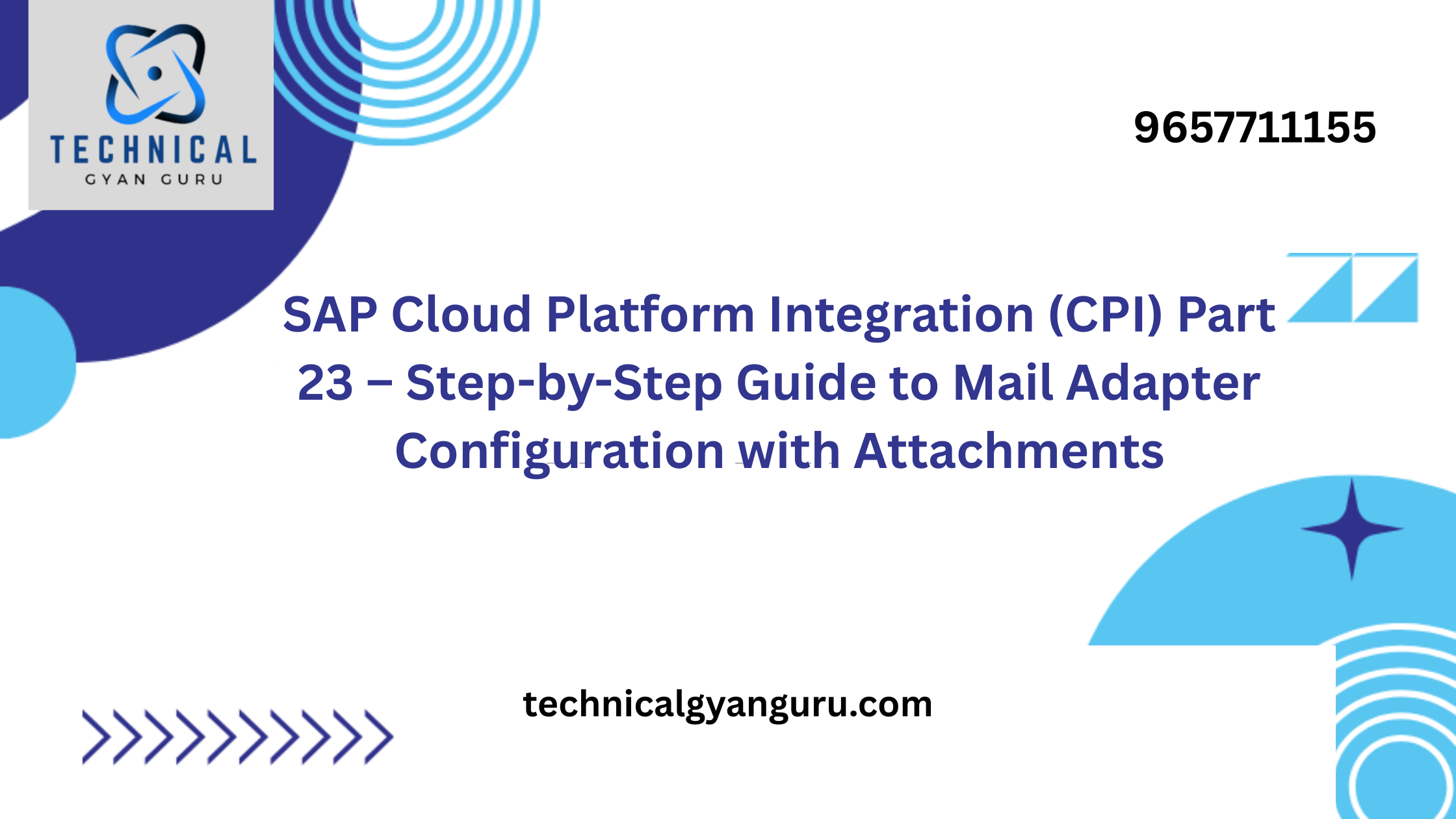
Introduction: In the realm of modern data management, having the right data at the right time is paramount for making informed decisions and driving business growth. SAP HANA, a leading in-memory database platform, offers robust capabilities for data provisioning and replication that enable organizations to efficiently gather, transform, and synchronize data from various sources. In this blog, we’ll dive into the world of data provisioning and replication in SAP HANA, exploring their importance, methods, and benefits. Data Provisioning and Replication
Understanding Data Provisioning and Replication
Data Provisioning is the process of making data available to applications and users in a consumable format. It involves extracting data from source systems, transforming it if necessary, and loading it into the target system, which in this case is the SAP HANA database. Data provisioning ensures that the data stored in SAP HANA is accurate, up-to-date, and readily accessible for analysis and reporting.
Data Replication is a specific form of data provisioning that focuses on maintaining synchronized copies of data between source and target systems. Replication ensures that changes made in the source system are quickly propagated to the target system, allowing for real-time or near-real-time access to the most current data.
Methods of Data Provisioning and Replication in SAP HANA
SAP HANA offers various methods for data provisioning and replication, each catering to different data scenarios and business needs:
- SAP Landscape Transformation (SLT): SLT is a real-time data replication solution that captures and replicates data changes from SAP and non-SAP sources to SAP HANA. It provides real-time insights by ensuring that the target system reflects the changes made in the source system almost instantaneously.
- SAP Data Services (DS): SAP DS is a comprehensive data integration and transformation tool that supports batch-oriented data replication and data transformation. It’s particularly useful for complex data transformation scenarios before loading data into SAP HANA.
- Smart Data Integration (SDI): SDI allows you to integrate data from a variety of sources into SAP HANA in real time. It supports various data adapters that enable direct access to non-SAP data sources.
- Remote Data Sync (RDS): RDS enables you to replicate data from remote databases to SAP HANA using a remote subscription mechanism. It’s well-suited for scenarios where you need to synchronize data between geographically distributed databases.
- Native HANA Replication: SAP HANA offers its own native replication capabilities, such as trigger-based replication and log-based replication. These methods ensure that changes made in the source system are captured and propagated to SAP HANA efficiently.
Benefits of Data Provisioning and Replication
- Real-Time Insights: Replication methods like SLT and SDI enable real-time or near-real-time access to data, allowing organizations to make informed decisions on the latest information.
- Data Consistency: Data provisioning and replication ensure that data across systems remains consistent, reducing the risk of discrepancies in reporting and analysis.
- Scalability: With the ability to handle large volumes of data, SAP HANA’s provisioning and replication methods scale to accommodate the data growth of modern enterprises.
- Reduced Latency: Real-time replication minimizes the delay between data changes in the source system and their availability in SAP HANA, reducing the latency in decision-making processes.
- Agility: By having up-to-date data readily available, organizations can respond quickly to market changes, seize opportunities, and address challenges promptly.
Conclusion
Data provisioning and replication are pivotal components of SAP HANA’s data management arsenal. These processes ensure that organizations have access to accurate, up-to-date data for strategic decision-making, driving innovation, and achieving business success. By leveraging the various methods available within SAP HANA, enterprises can streamline their data integration processes, minimize data latency, and gain a competitive edge in the dynamic landscape of today’s business environment. Data Provisioning and Replication







